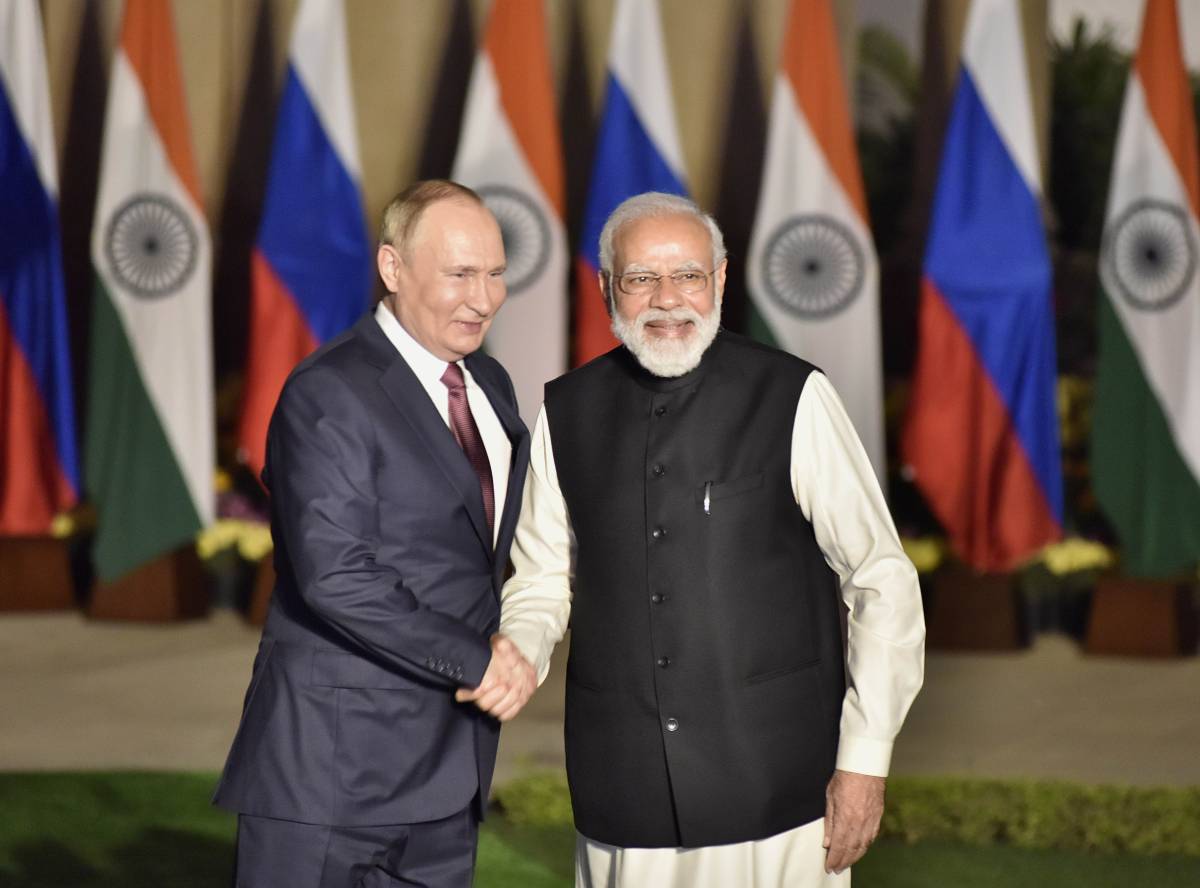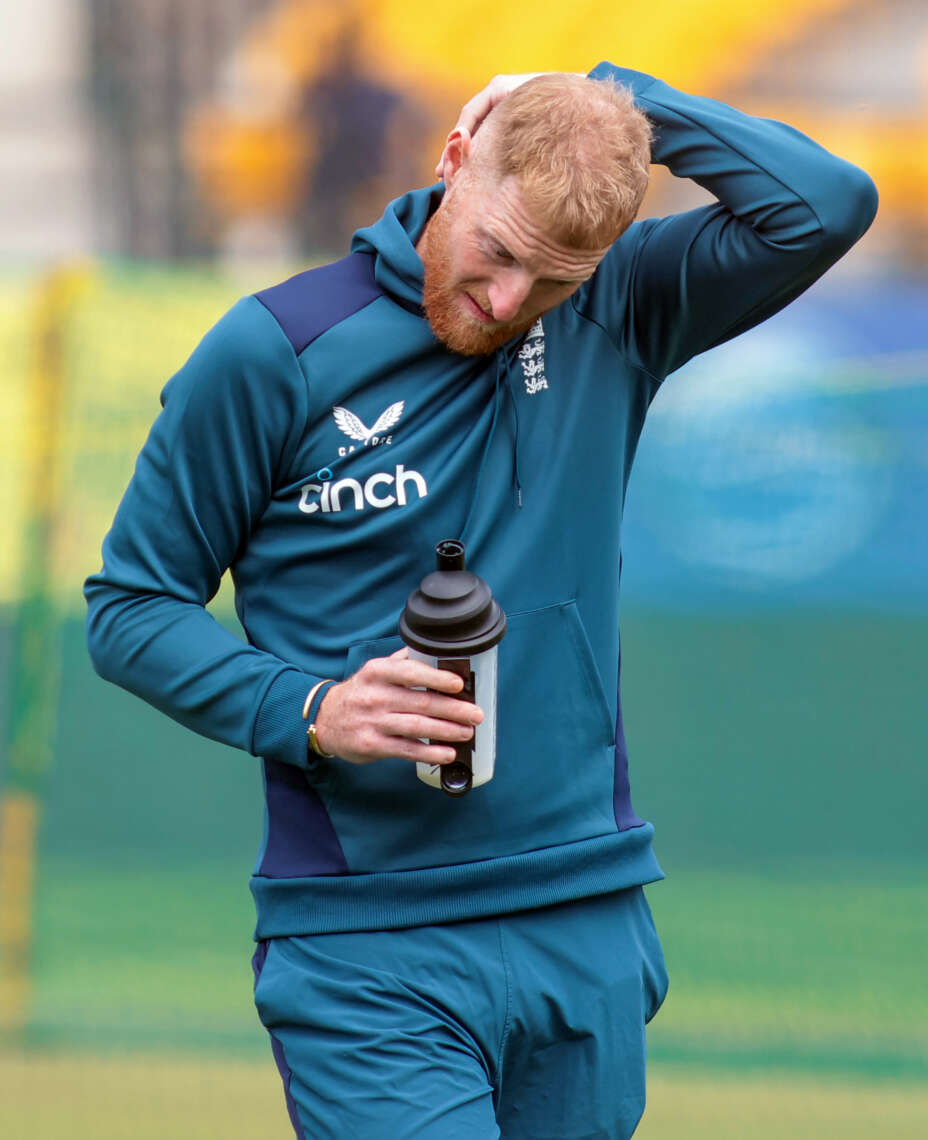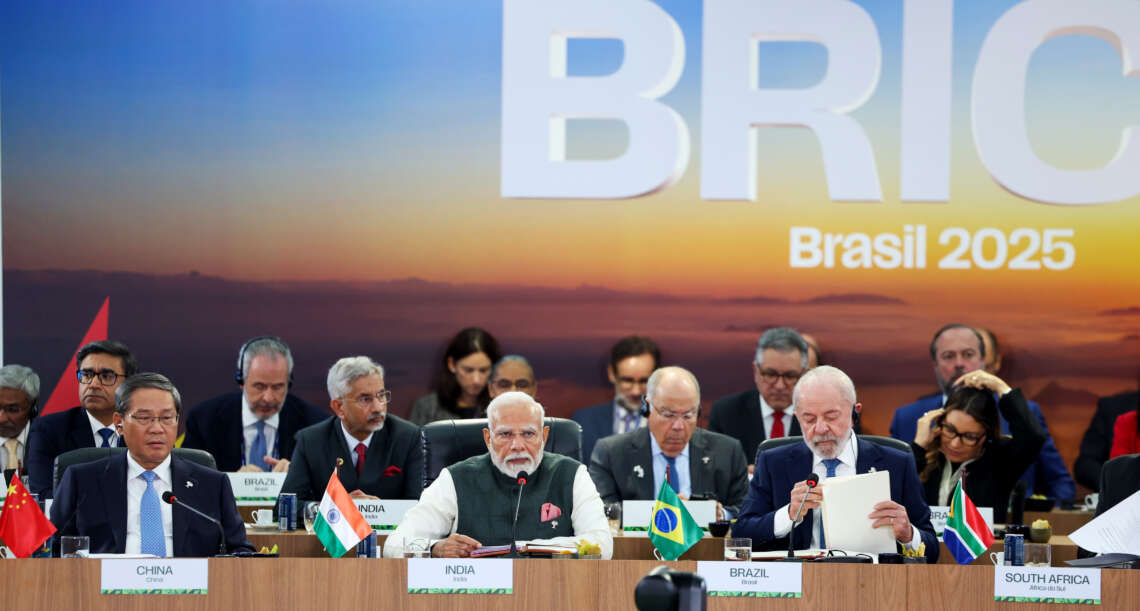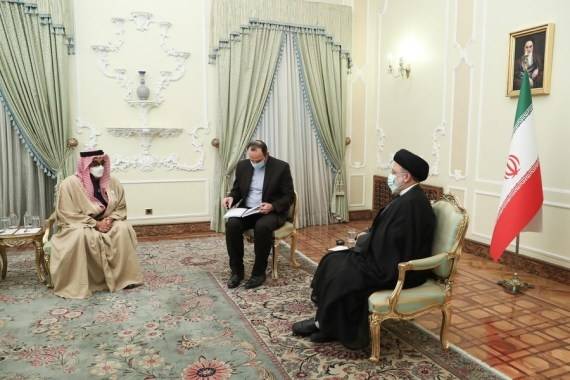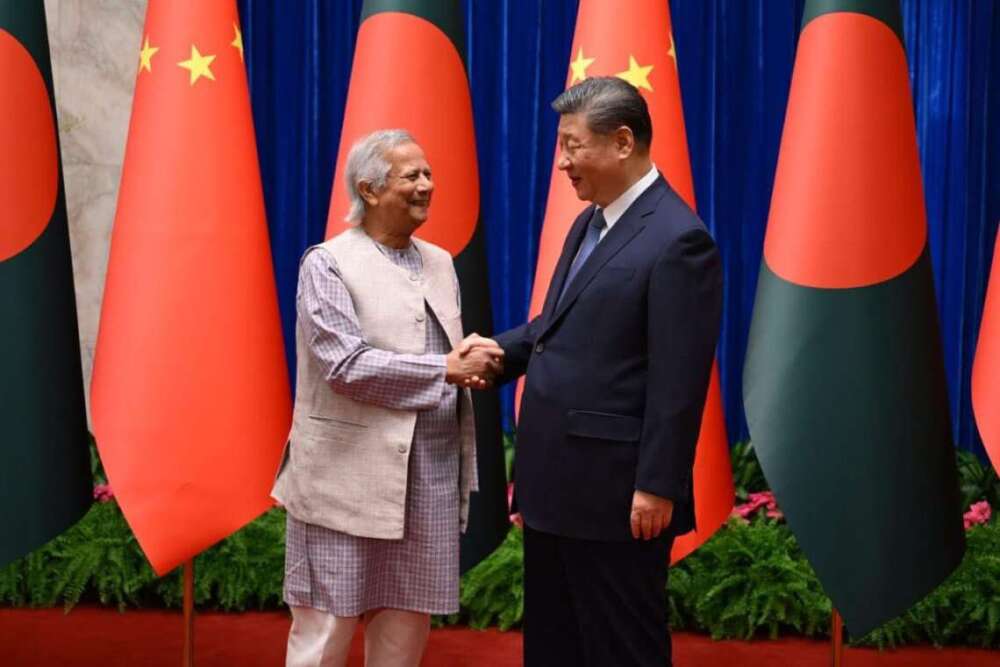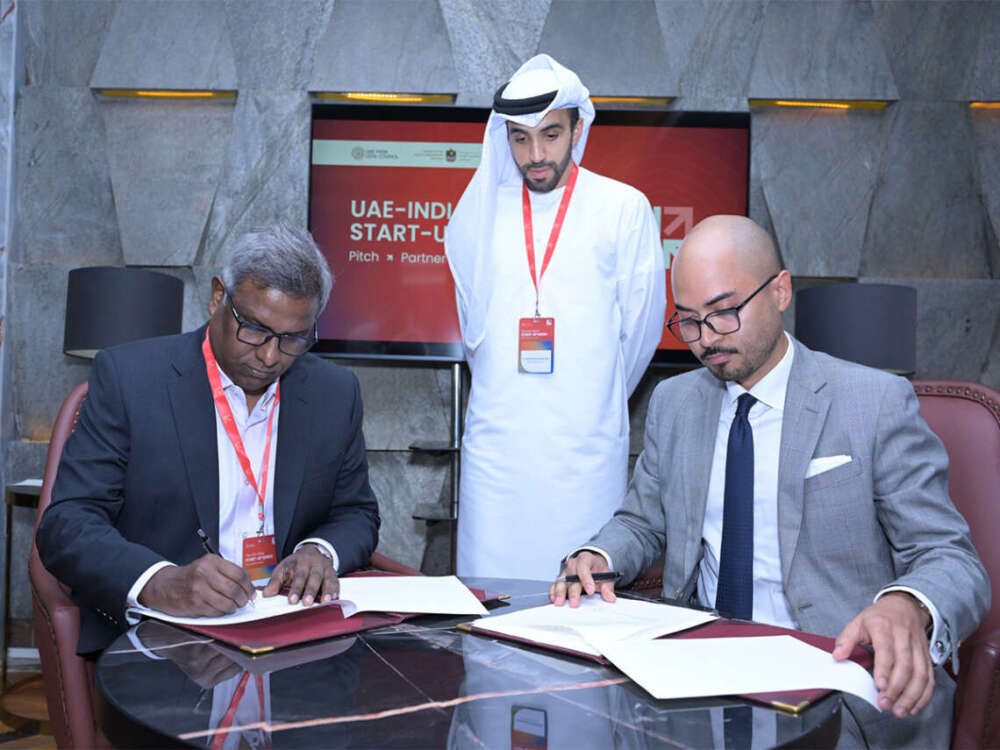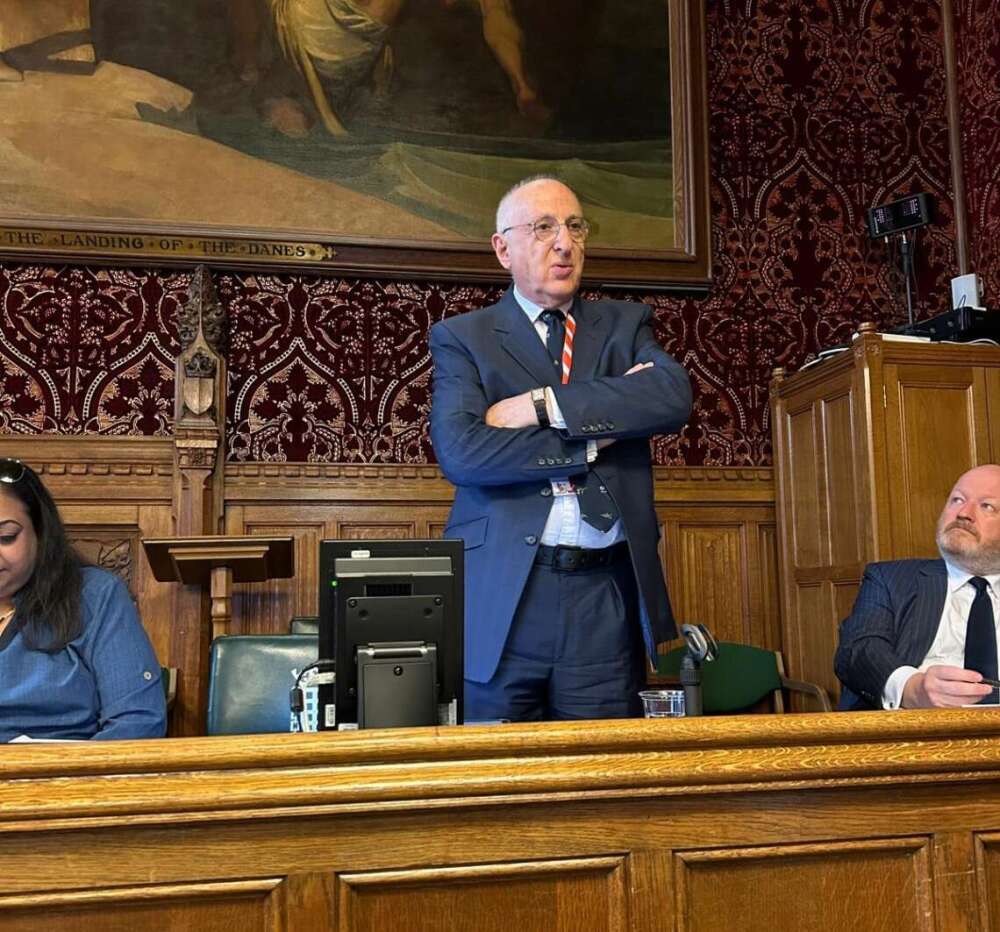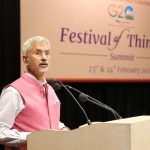The leaders underscored the need for greater economic cooperation and in this context, emphasised new drivers of growth for long-term, predictable, and sustained economic cooperation reports Asian Lite News
India’s Prime Minister Narendra Modi and Russia’s President Vladimir Putin met in New Delhi on Monday and discussed regional and global developments, including the post-pandemic global economic recovery, and the situation in Afghanistan.
Accompanied by a high-level delegation, Putin visited New Delhi for the 21st India-Russia annual summit. He extended an invitation to Modi to visit Russia for the 22nd India-Russia Annual Summit in 2022.
The two leaders expressed satisfaction at the sustained progress in the ‘Special and Privileged Strategic Partnership’ between both countries despite the challenges posed by the Covid pandemic.
They welcomed the holding of the first meeting of the 2+2 Dialogue of Foreign and Defence Ministers and the meeting of the Inter-Governmental Commission on Military and Military-Technical Cooperation in New Delhi.
The leaders underscored the need for greater economic cooperation and in this context, emphasised new drivers of growth for long-term, predictable, and sustained economic cooperation.
They appreciated the success story of mutual investments and looked forward to greater investments in each others’ countries.
The role of connectivity through the International North-South Transport Corridor (INSTC) and the proposed Chennai-Vladivostok Eastern Maritime Corridor was figured in the discussions.
The two leaders looked forward to greater inter-regional cooperation between various regions of Russia, in particular with the Russian Far East, with India’s states.
They appreciated the ongoing bilateral cooperation in the fight against the Covid pandemic, including humanitarian assistance extended by both countries to each other in critical times of need.
The leaders discussed regional and global developments, including the post-pandemic global economic recovery, and the situation in Afghanistan.
They agreed that both countries share common perspectives and concerns on Afghanistan and appreciated the bilateral roadmap charted out at the NSA level for consultation and cooperation on Afghanistan.
They noted that both sides shared common positions on many international issues and agreed to further strengthen cooperation at multilateral fora, including at the UN Security Council.
Putin congratulated Modi for India’s ongoing non-permanent membership of the UN Security Council and the successful Presidency of BRICS in 2021, while Prime Minister Modi congratulated Russia for its ongoing chairmanship of the Arctic Council.
In a joint statement, the two sides stressed that partnership for peace, progress and prosperity aptly covers the state and prospects of bilateral ties.
Coinciding with the visit, several government-to-government agreements and MoUs, as well as those between commercial and other organisations of both countries, were signed in different sectors such as trade, energy, science and technology, intellectual property, outer space, geological exploration, cultural exchange, education, and others.
This is a reflection of the multifaceted nature of our bilateral partnership, the statement said.
Charting course to Russian Far East
The much-awaited in-person meeting between Prime Minister Narendra Modi and Russian President Vladimir Putin has caught the world’s attention not only as it marks a shift in New Delhi’s foreign policy strategy but also serves as a platform for economic collaboration, specifically with an increased thrust on the Russian Far East (RFA) which is rich in oil, natural gas, iron ore, coal, wood and coal among other things.
The two countries are already exploring ways to jointly develop hydrocarbons in RFA and also on the Arctic belt.
“This partnership brings real mutual benefit to both states. Bilateral trade shows good dynamics; ties are actively developing in the energy sector, innovation, space, and the production of coronavirus vaccines and medicines,” Putin said last week.
Modi visit to Vladivostok, the capital of the Russian Far East in 2019 as the Chief Guest for the Fifth Eastern Economic Forum, kicked off a new phase in India’s engagements in the region.
“We are starting a new era of cooperation in the Indo-Pacific region,” Modi said while announcing a $1 billion credit line. The two leaders also proposed to develop the Chennai Vladivostok Maritime Corridor– a sea link between Vladivostok and Chennai. Work is underway to make this sea link efficient.
India’s overall investment in Russian oil and gas projects is more than $15 billion, making it the single largest destination of Indian overseas.
Until now, bilateral trade between India and Russia has remained low. During April 2020-March 2021 trade between the two countries stood at $8.1 billion through New Delhi and Moscow have now set a target at $30 billion by 2025. Compare this with the Russia-China trade. In 2019, trade between Moscow and Beijing hit $110 billion.
“While at this point the target may look steep, the two countries have untapped potential. Until now relations have been driven by G2G (government to government) dealings. But now both the countries are looking at increasing investments,” Anil Trigunayat, former ambassador and Distinguished Fellow at Vivekananda International Foundation said. Trigunayat pointed out that until now the “economic side” has been the “weakest link.”
“But with India’s focus on RFA from 2019, things are changing rapidly,” he said. “It should not be confined just to energy but other areas such as gems and precious metal must also get the due focus,” Trigunayat said.
The region is also rich in diamond, gold and silver and India being one of the largest exporters of jewellery, the precious metal segment will also be critical for New Delhi.
Russia has done its bit to draw investments in the region. One of the most critical sops includes a five-year tax holiday for future investors in the region. According to Invest India, the RFE currently has the lowest level of taxation of any region within the Asia-Pacific.
The RFE region however is “in dire need of human resources.” Though the Far East region covers close to 40 per cent of Russia’s land, it houses less than 5 per cent of the Russian population.
ALSO READ-Putin Hails India-Russia Ties


